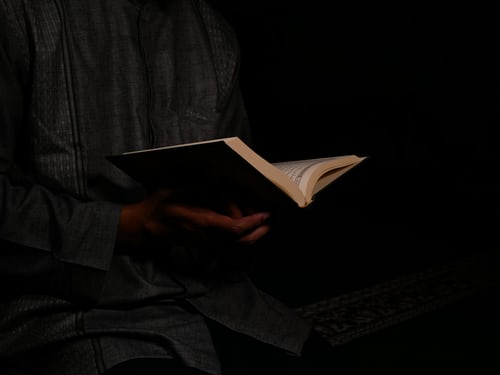Inspiring Older Readers
 posted on 29 Sep 2021
posted on 29 Sep 2021
Darkness at Noon by Arthur Koestler – the new translation by Philip Boehm
When I last reviewed Arthur Koestler’s Darkness at Noon (here on Letterpress) it was in Daphne Hardy’s translation from 1939.
But since 2019 Koestler’s classic novel has been available in a new translation by Philip Boehm, based on a rediscovered original manuscript. In his introduction to this new edition, Michael Scammell (Koestler’s most recent biographer) explains why a new translation was both necessary and overdue. Some of his reasons clearly merit consideration. It has been nearly eighty years since Hardy’s original translation. The manuscript that Hardy worked from was possibly incomplete and in any case was translated as Koestler was actually writing it; rediscovery of Koestler’s long-lost German language manuscript made clear his full intentions for the novel and offered a literary opportunity that could not be ignored.
But Scammell’s introduction also makes what seem to me to be some less objective claims – in particular, that limited understanding resulted in Daphne Hardy rendering some ideological and political terms inaccurately and softening language in a way that obscured the real brutality of Soviet methods. These claims seem questionable. It is true that at the time of carrying out the translation Koestler’s young English girlfriend, Daphne Hardy, was indeed only twenty-two and to the best of my knowledge had no prior experience of literary translation. But it is also extremely likely that the translation was minutely discussed with Koestler. They were after all living more or less on the run in France, trying to flee the country ahead of Hitler’s occupation and it was Hardy who smuggled the English manuscript out of France.
Having now read the new translation I still think that Daphne Hardy’s version stands the test of time. I wouldn’t want to say it is ‘best’ because I don’t think this is a competition that can necessarily be won outright. But as I say, it has its merits and may even have gained from the difficult and dangerous circumstances in which its original translation took place. In particular, I find its prose as rendered by Hardy to have greater directness and economy. Without sacrificing any of the denseness of philosophical and ideological argument that is central to the crushing atmosphere of the book – it is first and foremost a novel of ideas – it has a swiftly moving readability that Boehm’s new translation doesn’t always achieve.
Of course, I am restricted to English and so cannot comment on which might be the more faithful translation. But what can be said is this. Hardy’s translation is unique as far as I am aware. Not only is it contemporaneous with the actual writing of the novel, it was also undertaken within spitting distance of the events it describes and consequently to my mind it has a breath of authenticity about it that the new translation doesn’t always have.
I’m glad that such seminal works from the epicentre of twentieth century history are still the subject of meticulous research and retranslation and am glad to have read this new version. However, perhaps if I hadn’t read Scammell’s introduction to the new translation I would feel differently, for I couldn’t help catching a whiff of masculine academic superiority in the underlying inference that Hardy, a twenty-two year-old woman, couldn’t really be expected to have produced an accurate translation that did the novel full justice. Perhaps not surprisingly, this view is echoed by Paul Henrion, Hardy’s son from a subsequent marriage, who wrote to The Guardian on the subject shortly after the new translation was published.
I know that my old Penguin copy of Daphne Hardy’s translation is the one I will continue to cherish and return to. I think the historical circumstances in which it was produced directly inform the themes of the novel and to my mind resulted in a translation of unparalleled immediacy and urgency.
Alun Severn
September 2021